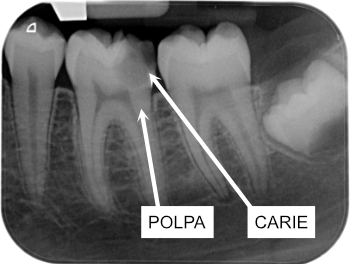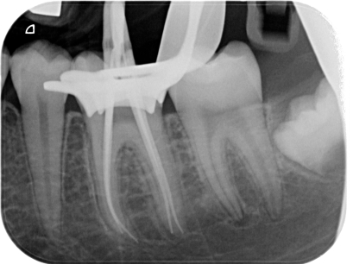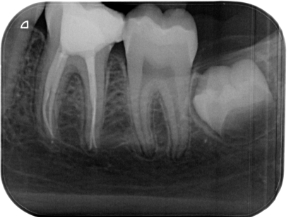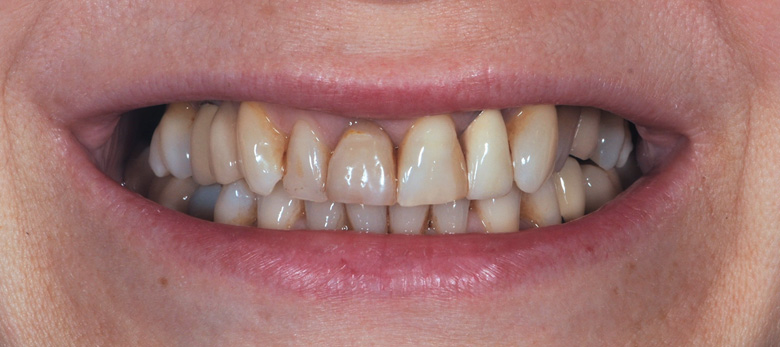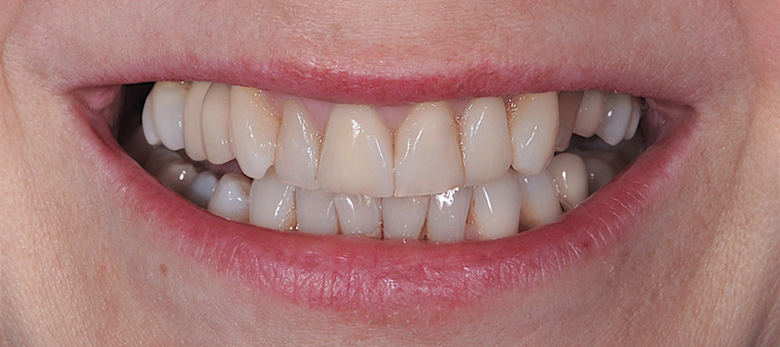Endodontics deals with the internal part of the tooth, the endodontium. In practice, it deals with treating what is in the canal of the tooth itself – Root canal treatments.
When decay with its acid products reaches the point of inflaming the pulp of the tooth (pulpitis), there is a strong pain that affects the entire part of the face and cannot be identified. In this case, the decay and the pulp of the tooth must be removed as soon as possible and the pain goes away.
When a tooth dies, the “pulp” or “nerve” remains inside, which goes into putrefaction. The harmful products coming out of the apex of the root of the tooth create a reaction of the organism called “granuloma” that destroys the surrounding bone. Sometimes the lesion is discovered on an X-ray, sometimes there is pain when chewing on the tooth, sometimes there is strong pain and an abscess with swelling can develop. To treat these problems, the inside of the root must be cleaned. The techniques used in our office follow the most modern guidelines, preserving the tooth structure as much as possible, working with the most modern instruments in an aseptic environment, almost always managing to heal the “granulomas”, saving the tooth itself. In particular, Dr. Callegher uses the intraoperative microscope that allows treating even the most difficult cases.
Root canal treatment
When a tooth dies, the “pulp” or “nerve” remains inside, which rots. The harmful products coming out of the apex of the tooth root create a reaction of the organism called “granuloma” that destroys the surrounding bone. Sometimes the lesion is discovered on X-ray, sometimes there is pain when chewing on the tooth, sometimes there is severe pain and an abscess with swelling can develop. To treat these problems, it is necessary to clean the inside of the root. The techniques used in our office follow the most modern guidelines, preserving the structure of the tooth as much as possible, working with the most modern instruments in an aseptic environment, almost always managing to heal the “granulomas”, saving the tooth itself.
Discover the cases
Potrebbe interessarti anche…
Il bruxismo è una condizione in cui una persona stringe o digrigna i denti involontariamente, spesso durante il ...
Siete sicuri che un dente con ganuloma non si possa salvare? Nei casi difficili si può ricorrere all’uso ...


